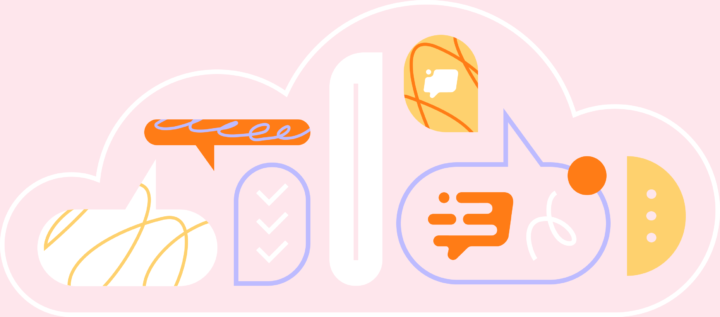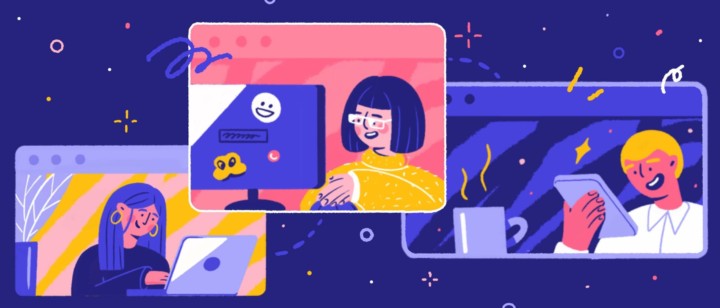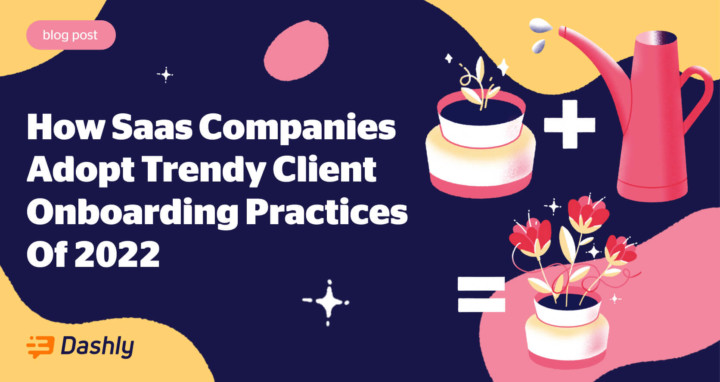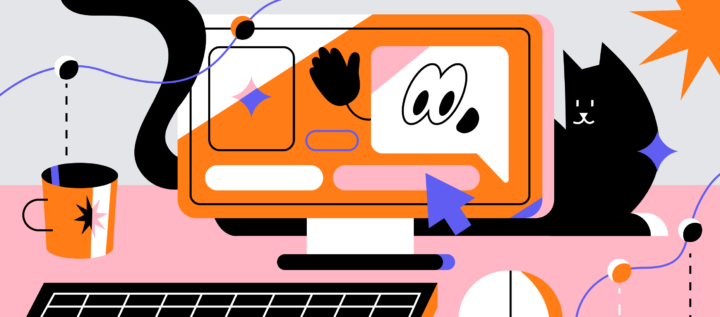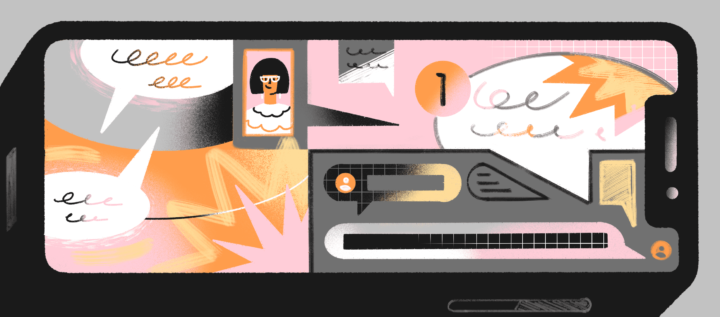Customer Retention Strategies

One is better than two and is equal to six. At least, that’s how we think when it comes to comparing your regular customers with your potential customers.
Why it’s more profitable to retain your active users than to attract potential ones
A customer who was already satisfied with your services is likely to come back to you again and recommend your company to their acquaintances. It’s pretty easy to explain. A person’s mind will prefer using a familiar solution instead of wasting resources searching for a brand new one.
Retaining customers generally costs only time, while acquiring new customers almost always costs money. For this reason, focusing on retention strategies makes sense for smaller businesses as it’s less of a financial risk.
Calloway Cook
Especially during an economic downturn like we’re facing, it makes sense to focus on low-cost strategies to increase company revenue. By leveraging software like email marketing, text marketing and retargeting campaigns, you can increase customer lifetime value (LTV) and increase customer retention at a fraction of the cost of acquiring new top-of-funnel customers.
President of Illuminate Labs
Customer loyalty is a helpful tool to help you win the competition too. A loyal Apple admirer is unlikely to contemplate using a functionally equivalent a Samsung device, even if its price is much lower.
- Active users provide 65% of a company’s profit;
- There’s a 60-70% chance to sell a product to an active user, whereas in case with a new customer this chance is 5-20%;
- Keeping your active users is 5 times cheaper than bringing in new users;
- Loyal customers spend 67% more on your product than new ones.
How do you know if you need better customer retention
We assume you know what customer retention rate and LTV are (you can look it up in our articles if you don’t). Let’s go over it again with some formulas for illustrative purposes.
Let’s see what customer retention is.
Customer retention is a company’s ability to maintain long-term relationships with its customers.

Customer retention rate shows how good you are at keeping your customers happy and how eager they are to recommend you to their friends.
High CRR is good for your company. Churn rate is a metric opposite to CRR.
Up next is LTV.
LTV (Lifetime value) — is an overall profit your customer has brought you.
LTV helps you evaluate your means of attracting new customers and the loyalty of your active customers. Paying attention to LTV, you can improve the profitability of your business and personalize your marketing strategy based on the LTV of different customers. LTV can also help you optimize your customer retention strategies.
How to see if you’re good at retaining your customers
So you’ve calculated your CRR and got meagre 10% as a result? Hey, it’s still too early to go thinking your customers avoid you. To have a better understanding of what you can do next, take a look at these metrics from a Mixpanel report:
Customer Retention8 weeks | eCommerce | SaaS |
Great | ≥ 35% | ≥ 35% |
Normal | ≈ 6% | ≈ 16% |
You’ve found out your customer retention rate is way lower than normal? That’s not impossible to fix. Try different customer retention strategies, try noticing what’s special about your audience and pay attention to their reaction. Eventually, you’ll see what works best in your case.
If your customer retention is normal or higher, congratulations — you’re awesome! Remember the sky’s the limit, you can keep increasing your profit by further experimenting with strategies.
Read about different customer retention strategies and how they may benefit you below.
Read also:
👉 Live Chat Best Practices: 20 Hacks to Make Customer Service Better
👉7 Best Live Chat for eCommerce: Boost Conversion on your Website
👉 Top 5 live chat mobile app: find the best fit for your business
👉 Live Chat: How Online Chat Tool Can Help Your Business
👉 20 Best Live Chat Software for your website chat service
👉 Acquisition funnel marketing: Grow customer conversions at each step of user journey
👉 The top 15 inbound marketing tools: harness digital power and elevate your business
👉 10 best website personalization tools to deliver top-notch visitors experience
👉 7 best email capture tools: features and pricing compared for 2024
Why you need a customer retention strategy
Technically, you can use whatever you can think of to retain your customers, be it tribal chanting or sacrifices to the sales god. Well sure, that might be a good idea for a company party but will it really boost your CRR? We think it will be more effective to stick to conventional customer retention means, which we’ve listed below.
Before starting to build a retention campaign, take a deep breath and close your eyes. Imagine your customer. What do they like? What do they hate? Exhale. Take a look at your retention strategy with what you’ve just realized in mind. Now you can make more deliberate hypotheses.
If you already have a customer retention system up, don’t be afraid to try out new stuff. See how effective your retention strategy is. The market’s constantly changing and so do customers’ needs. The instruments that once were the selling point for your customers may not be as impressive today.
Let’s get down to business. Here’s an almost complete list of customer retention strategies that you may find useful:
Customer retention strategies
Product
Good:
1) Work with customer feedback
If your customer comes criticizing you, don’t get annoyed and defensive. They’re sharing valuable information that may help you improve your product. Apologize for the inconvenience, talk to them and try to solve the problem. Fix your bugs, improve your product and listen to your customers. If your customer has dropped off and doesn’t plan on coming back to you, ask them what’s gone wrong and don’t let the same mistakes happen to other customers of yours.
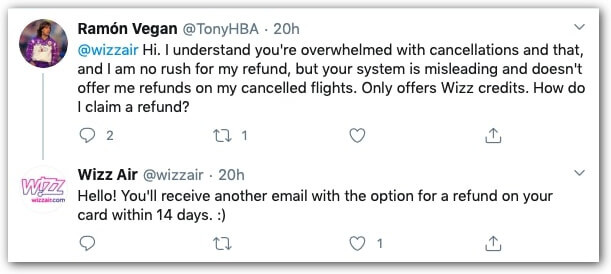
2) Focus on simplicity, usability, and reliability
The more reliable your platform is — the happier your customers will be and the longer they will keep using it. Make sure it’s easy for your customers to use your platform, meaning it’s easy for them to browse in and look for the information they need. Make sure they have no doubts that your platform is solid.
Even better:
3) Enhance first interaction (for SaaS)
Think of the first impression your customers get from interacting with your product. This will decide whether they will keep working with your platform or not. If their first interaction gets too difficult, your customer will be likely to leave you for a platform. That happens to be more accessible than yours. This will leave them out of seeing the advantages and value they may have otherwise gained from your platform. Making your product easy to use and comfortable will raise the chances of customers choosing your platform after their first interaction with it.
4) Freemium + free useful tools
Give your customer a sense of the value your product can give them without billing them first. There are plenty of options on how you can do that. You can give them a free and high-quality product with some limitations and additional paid functions. Or you can give your customers a bunch of small useful tools, as well as some bigger, paid features. For example, the free version of Slack allows you to integrate with up to 5 additional platforms and search among the last 10 000 messages. These limitations are absent from its full version.
Another example. Netflix offers a free month of watching the movies and TV shows to its new users:

5) Make a good and engaging onboarding
Replace a generic description of your product with an exciting adventure. Gamification turns the setup process into a series of quests and motivates your users to follow through to the end with visually stimulating progress bars. Dashly indicates a user’s progress with this battery-like bar:

6) Product customization
Let your customer change your product, let them adapt it to their needs. For example, you can offer them to create their custom design or add some new features. Your product will become a basis for the unique product they’ll get. This product will meet your customer’s requirements and they’ll be less likely to give their preference to your competition.
Payment and sign up
Good:
7) Simplify sign up and order completion processes
Quick and easy formal procedures provide higher chances of your users completing their orders. Let users sign in via social networks. To make a password reset easier, send a new password to your users’ phone numbers. It’s also a good idea to autofill standard input fields like name and email fields.
8) Don’t overcomplicate the drop off process
Saying goodbye should not be hard. Your customer must have a way to stop using your services. Otherwise, they may start redirecting all of your new emails straight to the Spam folder, and when they need to use your services again, they’ll use the services of a less intrusive provider.

9) Take care of security
Do everything to make your customers feel like their money is safe with you. Integrate with well-known and reliable payment systems so that they don’t have to worry about their credit card information being mishandled. Give your customers some space in case they change their minds and want to get a full refund.
Even better:
10) Remind about payment
Sometimes you have to remind your customers about yourself before their next billing with an email or a message. Your active users will remember to plan the payment and won’t find their account suddenly blocked. Those who don’t plan on using your platform anymore will cancel auto-recharge in time and won’t get upset over an unplanned write-off.

11) Make it more convenient with additional payment
Add a variety of payment systems. Make sure your customers can choose whatever is most comfortable for them.
Communication
Good:
12) Provide great service
The quality of your service decides what sort of emotions your customer will be left with after working with you. It’s as important as developing a quality product itself! Friendly support staff always ready to help will let your customers see how important they are to you. This way, your customers will be more likely to stick with you, never wishing to leave you for another platform.
13) Answer your customer’s questions as quickly as possible
Some customers are not ready to buy right away, they contemplate, they have questions. The faster you’ll give them an answer, the more eager they’ll be to buy from you. Some customers may encounter difficulties using your product, these have to be solved quickly too.
If your customers have to wait for an answer from you for too long, they’ll have no choice but to leave you for a more responsive platform. Prompt support responses will let you retain your customers and live chat will let you provide that support.
Even better:
14) Develop your success team and account management
A happy customer is unlikely to leave you for a rival platform. Prepare a team of people that will make sure your customers are happy. Customer success team specialists sincerely love your customers. They help them work with your product, make them feel that they’re important to you, and solve their technical issues, giving explanations on the way. Account managers teach your customers all of the intricacies of your product, they give them demos and make sure your customers are doing fine.
15) Use omnichannel marketing
Communicate with your customers via channels comfortable to them, like social networks and messengers. Sure, if an urgent problem arises and there are no alternatives, they’ll have to text you using their clunky email service or even call you with their mobile phone. The ability to contact you on Twitter or Instagram could be a huge advantage and could motivate users to keep using your services.
16) Motivate your customers to take a part in developing your company
Pay attention to your customers’ opinions when solving their problems. Maybe they don’t like something about your product, or maybe they have ideas on how you can improve it. Do it in a convenient and discreet manner, ask them precise questions and give them answer options, give them discounts or gifts for taking a part in your surveys.
If your customer is satisfied, ask them to leave a positive review or share their experience working with your product. You can later place their use case on your website. Examples of successful use cases will let you increase loyalty among your current customers and influence your target audience.
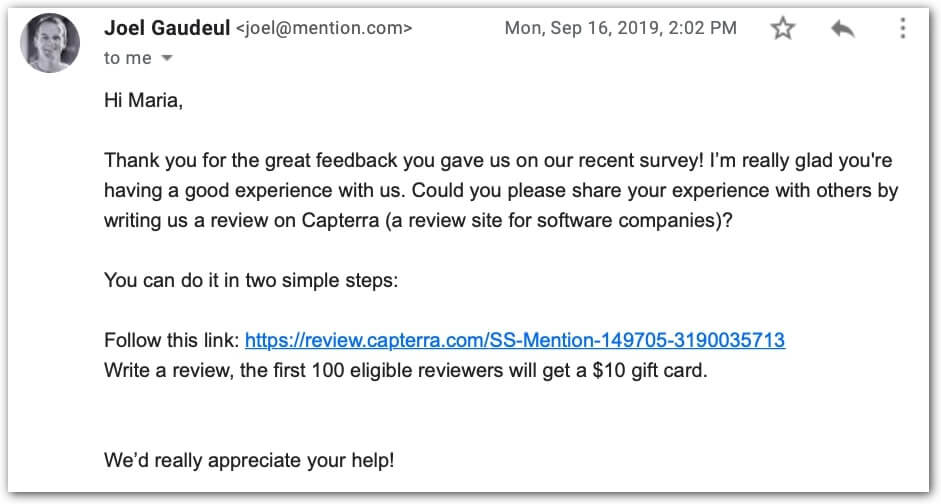
Marketing
Good:
17) Create content (email campaigns, webinars, tutorials)
Create quality content and help your users discover different opportunities your product opens to them. You’re the one who knows about it better than anyone else, so help your customers solve their problems with your webinars, online courses, books, tutorials, and other types of content. It’s important to make your customers feel all the value they can get using your product. Besides, it will demonstrate your expertise to your customers, making them loyal to your product, so they’ll be more inclined to solve their problems by using your service.
18) Analyze the customer journey
Study the path your customer follows from the moment they enter your website to the moment they make a purchase. It will help you understand your customer’s behavior and see at what point they leave your website and why. Examining our articles on customer journey map might help you on your way.
Even better:
19) Personalize your sales propositions
Pay attention to data collection and user tracking. These will help you make personal recommendations based on what this or that customer is interested in. Call your customers by name and remind them about items they viewed and orders they haven’t finished. This will help you get them back on your website, thus increasing your sales.
For instance, Booking.com makes suggestions according to your previous bookings:

20) Upsell and cross-sell
Increase your profit by increasing the average bill. Recommend a more expensive item or a better tariff plan to your customers.
Good:
21) Use discounts and promotions
A chance to buy items at a lower price or to get a gift for making an order are convincing reasons for people to buy from you again. Propose special offers and discounts to your customers. Limited offers like cutting prices for certain plans or making a sale on a significant day work best.
Even better:
22) Make free offers
Be generous: give your customers a free period to use your product or give them a gift for spending a certain amount of money on a purchase. Your customers will appreciate this and will be more likely to complete their orders.
23) Use referral programs
Thank your customers for telling their friends about your product. Give them a discount, a gift or bonus credits for every new customer they’ve brought. Like Uber does:

24) Gift your merchandise
A great way to increase loyalty and attract new customers is to give away souvenirs. These will remind your customers about your company while they feast their eyes on them. Take a look at our stickers:

P.S.
It’s important to keep two principles of customer retention in mind:
Customer orientation — work for your customer, try to predict their wishes and foresee their problems.
Consistency — Remind your customers about yourself so they don’t turn to your more active rivals.
Make your customers happy and let your sales make you happy!
Yours truly,
Read also:
⭐ Sales Funnel Emails for 2025: Create, Automate, and Convert [11 Case Studies]
⭐ 6 Steps to Identify and Repair Your Leaky Funnel for Better Conversions


